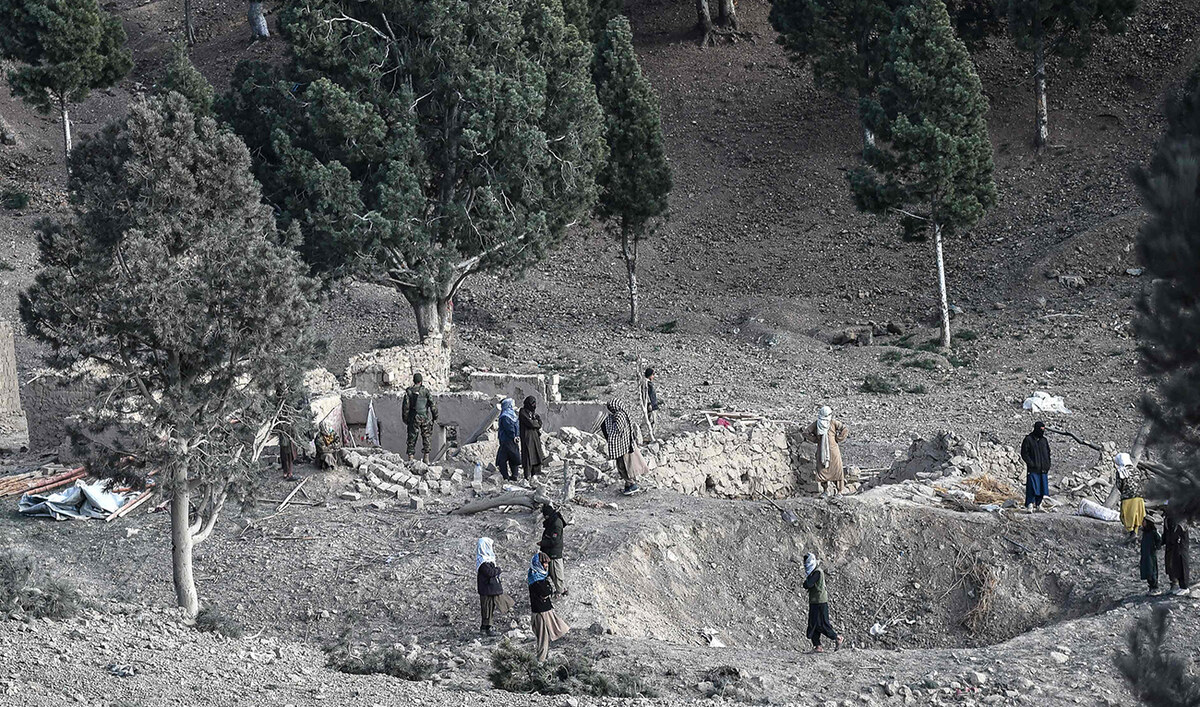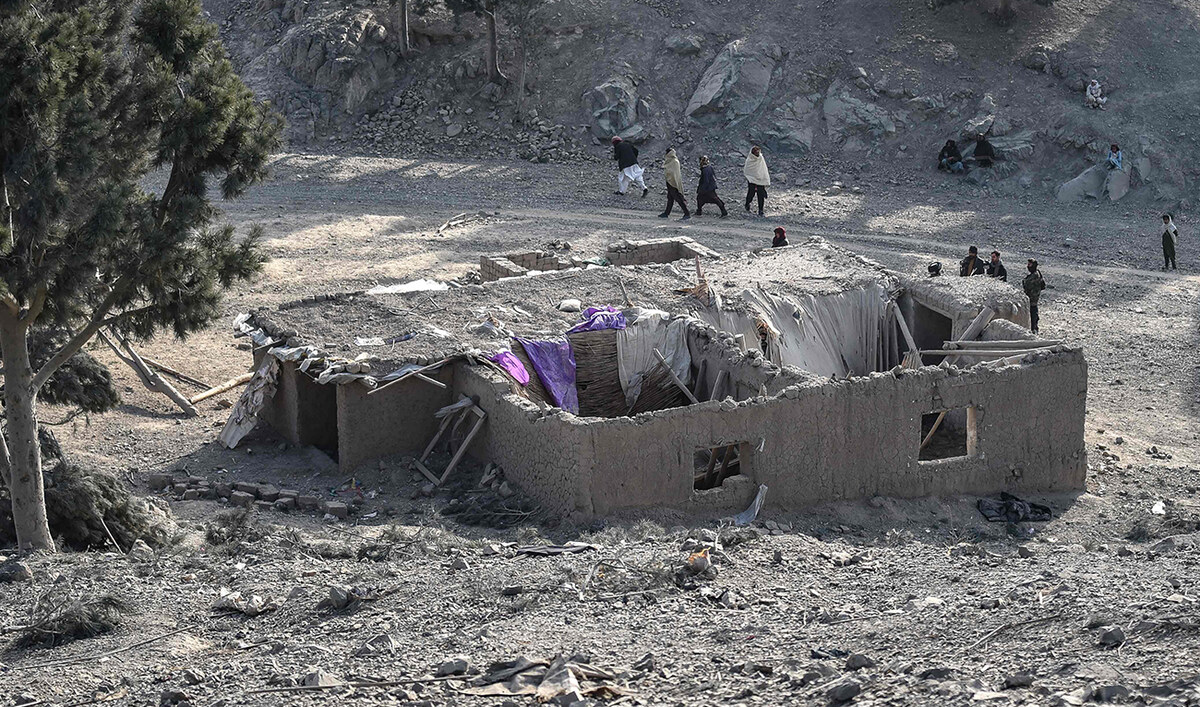KARACHI: Pakistani Climate Minister Sherry Rehman said on Friday Biparjoy had completed landfall in Indian Gujarat while Pakistan was “largely spared the full force” of the severe cyclone.
Biparjoy, a very severe cyclonic storm that developed into the Arabian Sea last week, hit coastal areas in India and Pakistan late Thursday, the Pakistan Meteorological Department (PMD) said on Friday. India’s Meteorological Department said in its latest bulletin Biparjoy had weakened to a cyclonic storm from a severe cyclonic storm on Friday morning, with speeds going down from 105 km (65.24 miles) to 85 km (52.82 miles). Wind speeds are likely to reduce further by afternoon, the bulletin said.
More than 180,000 people were evacuated in India and Pakistan in the last few days as authorities braced for Biparjoy — meaning ‘disaster’ or ‘calamity’ in the Bengali language — to hit coasts in both countries.
“#CycloneBiparjoy has completed landfall in Indian Gujrat. Pakistan was prepared but largely spared the full force,” Rehman wrote on Twitter.
“Sindh’s coastal areas like Sujawal were inundated by high sea levels, but most people had been evacuated to safe ground. Thank u to all partners in a stellar coordination effort for saving lives & keeping the lights on.”
Speaking in an interview to Geo News on Friday morning, Rehman said the storm had started to dissipate late into Thursday night.
“Our people have been saved and in the afternoon, I will have a meeting with relief responders about what we need to do, how do we get people back to their homes,” she said.
The very severe cyclonic storm made landfall near Jakhau, a port in Gujarat that is close to the border with Pakistan, weather officials said, blowing off roofs of houses and uprooting trees in the western Indian state.
In Pakistan, widespread rain-thunderstorm with some heavy to very heavy falls, accompanied with squally winds of 80-100km per hour were likely in Thatta, Sujawal, Badin, Tharparker, Mirpurkhas and Umerkot districts till June 17, according to the PMD. Moderate to heavy rains were also expected in Karachi, Hyderabad, Tando Muhammad Khan, Tando Allayar, Shaheed Benazirabad and Sanghar districts.
The PMD said sea conditions along the Sindh-Makran coast were likely to remain rough with up to 2.5-meter-high tides, advising fishermen not to venture into the open sea until the system was over by June 17.
Biparjoy developed into a cyclone in the early morning hours of June 6. According to Roxy Mathew Koll, a climate scientist at the Indian Institute of Tropical Meteorology, sea surface temperatures in the Arabian Sea were 31°C to 32°C in early June, which was 2°C to 4°C above the climatological mean.
A rule of thumb among scientists is that ocean temperatures should be above 27°C to sustain a tropical cyclone, according to NASA. Unusually warm waters helped fuel Biparjoy’s rapid intensification twice in its lifetime.
Between June 6 and 7, Biparjoy’s wind speed increased from 55 to 139 kilometers per hour (34 to 86 miles per hour), according to the Joint Typhoon Warning Center (JTWC). The cyclone intensified again between June 9 and 10, when its wind speed increased from 120 to 196 kilometers per hour (75 to 122 miles per hour), making it a category 3 storm.
Warm sea surface temperatures have contributed to the cyclone’s unusually long lifespan.
According to India’s Meteorological Department, Biparjoy may become the longest-lived cyclone in the Arabian Sea, overtaking Kyarr in 2019, which lasted nine days and 15 hours. As of June 14, the Arabian Sea sustained Biparjoy for over eight days.
“The reason why Biparjoy has lasted so long is that it is feeding on warm waters in the Arabian Sea,” said Raghu Murtugudde, a visiting professor at the Indian Institute of Technology Bombay, who studies the role of oceans in tropical climate variability. “Biparjoy is an example of how climate change— especially warming in the upper ocean— is contributing to cyclones moving slower and lasting longer.”
Cyclones in the Arabian Sea are relatively rare, although they are becoming more frequent with rising sea surface temperatures. A 2021 study led by researchers in India found that cyclones over the last four decades had become more frequent and lasted longer. The researchers found ocean temperatures were linked to this change.




















